May 25, 2025 | 03:32 GMT +7
May 25, 2025 | 03:32 GMT +7
Hotline: 0913.378.918
May 25, 2025 | 03:32 GMT +7
Hotline: 0913.378.918

Workers working at the Pangasius fillet factory of Go Dang Joint Stock Company earn about VND 8-10 million/month. Photo: Minh Dam.
During these days, the working atmosphere at the workshops at 7 factories of Go Dang Joint Stock Company in the provinces of Tien Giang, Ben Tre, and Vinh Long takes place very urgently. This is to handle the amount of pangasius that has reached harvest time and serve according to export contracts for partners.
According to business leaders, the seafood processing industry has been extremely difficult over the past year due to the market recession after the Covid-19 pandemic, especially the two major consuming markets, the United States and China, reduced seafood imports.
However, Go Dang Joint Stock Company has proactively sought its own direction such as: closing the production process, diversifying products processed from pangasius, ensuring pangasius farming areas, and reducing input costs.
Currently, the company has 7 factories operating continuously in the following fields: frozen, added value, fish oil, and processing; of which, there are 3 factories in Tien Giang, 1 factory in Vinh Long, 3 factories in Ben Tre. The enterprise has produced 50 products of all kinds from pangasius and clams, exported to nearly 80 countries and territories around the world, creating stable jobs for about 5,000 regular workers in the Mekong Delta region.
Although facing many difficulties, especially in the source of input materials, through many years of experience in production and business, the enterprise soon stabilized its operations. The company has proactively developed a pangasius farming area of about 300 ha that meets export standards, so it does not have to buy fish from outside at high prices. Although in the past 8 months, Go Dang Joint Stock Company has exported more than $ 70 million, it is still down nearly 10% compared to the same period last year. Among these, sales from pangasius fillets account for the highest proportion. Regarding production and business strategies in the context of difficult world markets, the company continues to diversify markets, diversify products, and reduce costs.
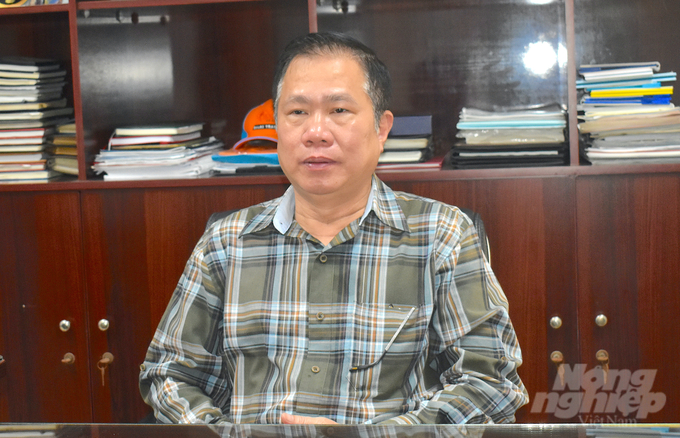
Mr. Nguyen Van Dao - General Director of Go Dang Joint Stock Company shared about the seafood market after the Covid-19 pandemic until now. Photo: Minh Dam.
Determining that workers are an important force contributing to the success of the enterprise, Go Dang Joint Stock Company takes great care of the lives and jobs of this force. After the pandemic subsided, the number of workers did not decrease but was added, now reaching about 5,000 people. In addition to salary, bonus, health insurance, and social insurance policies, long-term, remote workers are also accommodated in 160 houses built by the company.
Ms Nguyen Thi Ngoc Thanh, living in Vinh Kim commune, Chau Thanh district (Tien Giang), is a worker at the pangasius fillet factory of Go Dang Joint Stock Company and shared that she has worked here for 10 years. Income is based on work productivity, depending on the month, ranging from VND 8-10 million. Working hours are from 6 am to 6 pm. The company also supports accommodation, gasoline and a very stable job.
Go Dang Joint Stock Company is one of the few export seafood processing enterprises in the Mekong Delta region that operates stably even though business efficiency is not as high as before. This year, the company strives to achieve revenue of about VND 2,500 billion, VND 100 billion higher than last year. Achieving this plan requires great efforts because the downturn in the seafood market in general and pangasius, in particular, has shown no signs of recovery.
Mr Nguyen Van Dao, Chairman of the Board of Directors and General Director of Go Dang Joint Stock Company shared: The market downturn is likely to last beyond 2024. With that assessment, the company still maintains its goal of continuing to expand the market and diversify products, especially value-added products. In addition, continue to regulate and control all input costs, in order to maintain labour in the immediate future and maintain key indicators such as: revenue, turnover, production output, and farming output.
According to statistics from the General Department of Customs, in August 2023, the country's seafood export value reached $ 859 million, an increase of 10.2% compared to the previous month. In the eight months of 2023, Vietnam's total seafood export value was $ 5.79 billion, decreased by 24% (equivalent to a decrease of $ 1.83 billion) compared to the same period last year. Key markets such as the United States were at $ 1.02 billion, down 37.2%; Japan is at $ 974 million, down 13.4%; China is at $ 874 million, down 17.7%; EU (27 countries) is at $ 638 million, down 32.2% over the same period last year. It is expected that by the end of 2023, the country's seafood export turnover could reach over $ 9 billion.
Translated by Hoang Duy
/2025/05/22/5250-1-184853_288.jpg)
(VAN) According to a representative from the Central Retail Vietnam, Vietnamese products such as seafood, sweet potatoes, dragon fruit, coffee, and spices hold great potential in the Thai market.
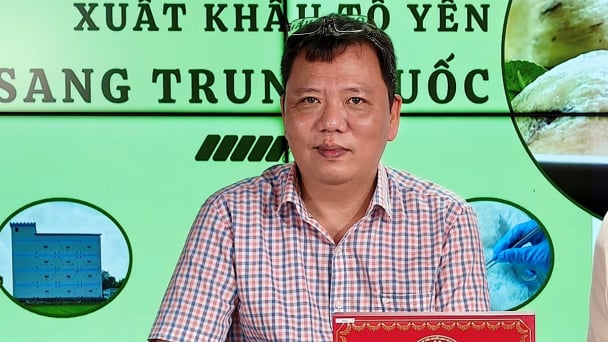
(VAN) A multi-channel, multi-directional strategy only works when the agricultural value chain meets global transparency and SPS standards.

(VAN) Market expansion is a matter of survival for Vietnamese businesses amid fierce competition and global supply chain fluctuations.
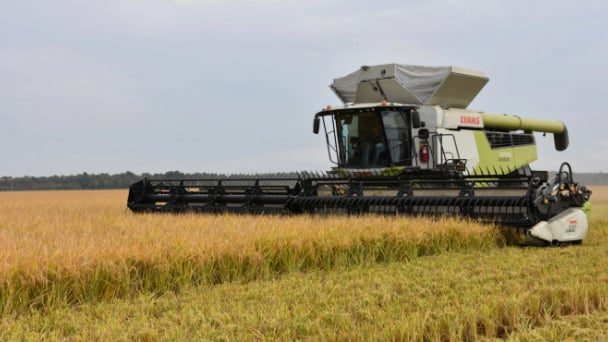
(VAN) Global market prospects for U.S. long-grain rice for the upcoming marketing year.
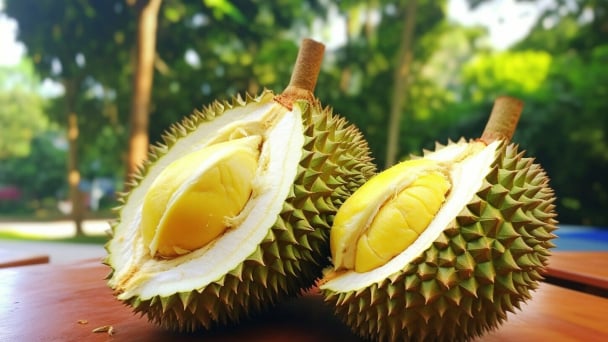
(VAN) China’s General Administration of Customs started permitting fresh durian shipments from Cambodia after a phytosanitary protocol was signed with the Cambodian Ministry of Agriculture in late April.
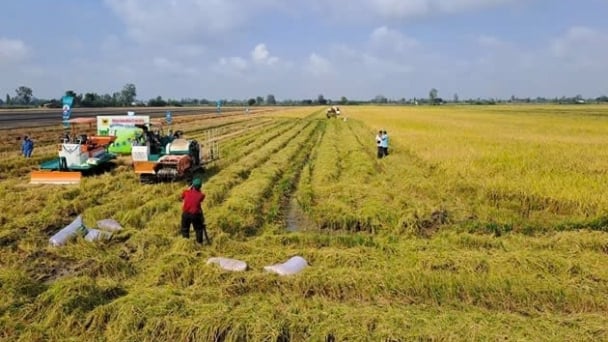
(VAN) To operate carbon market, one of the key issues is determining which types of 'commodities' meet the standards to be traded on the market.
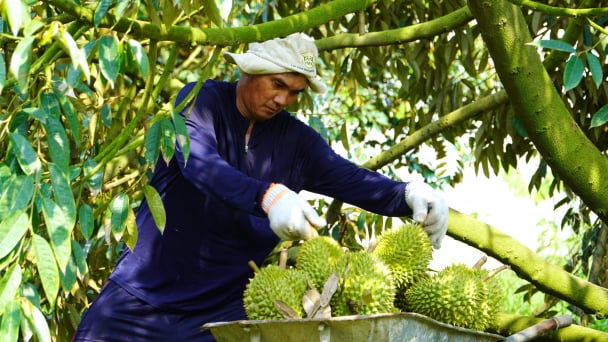
(VAN) Durian-producing localities need to coordinate more effectively with central authorities to improve the traceability, monitoring, and response systems in case of violations.